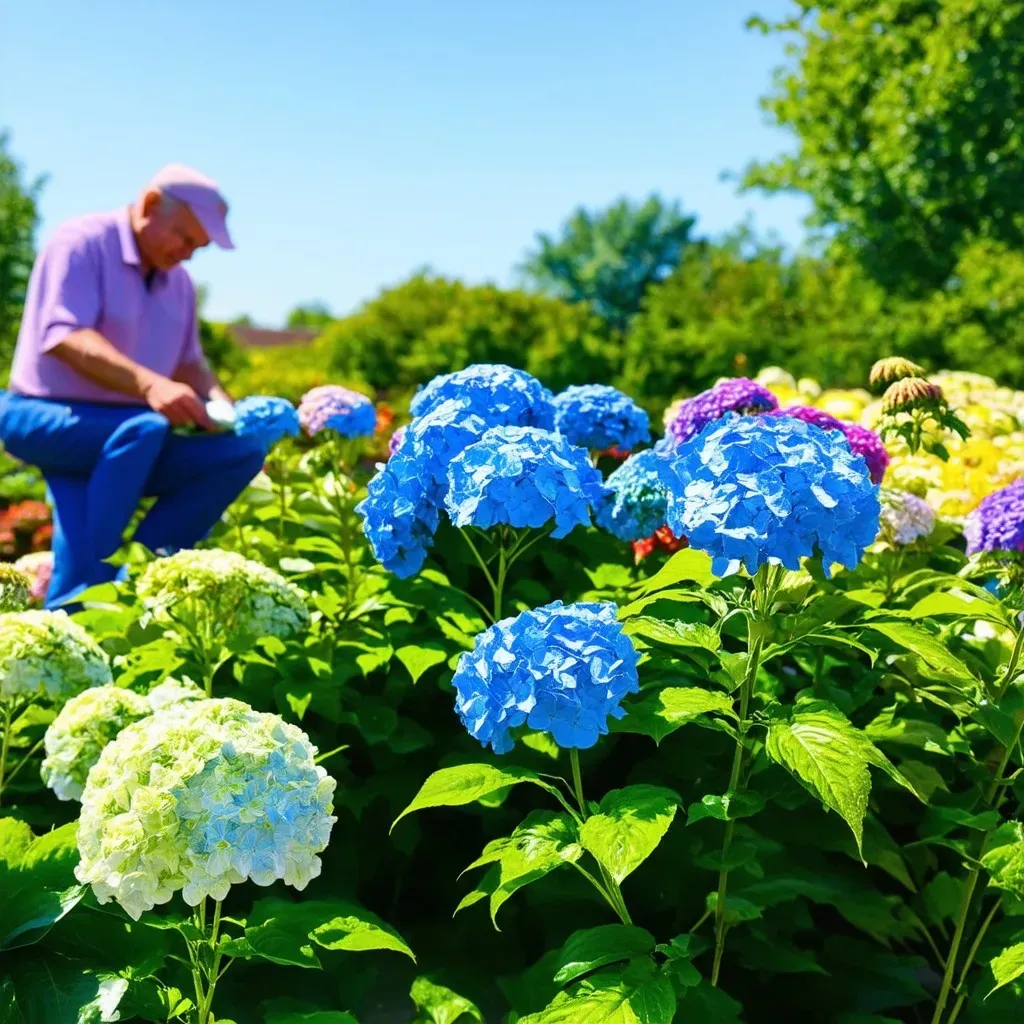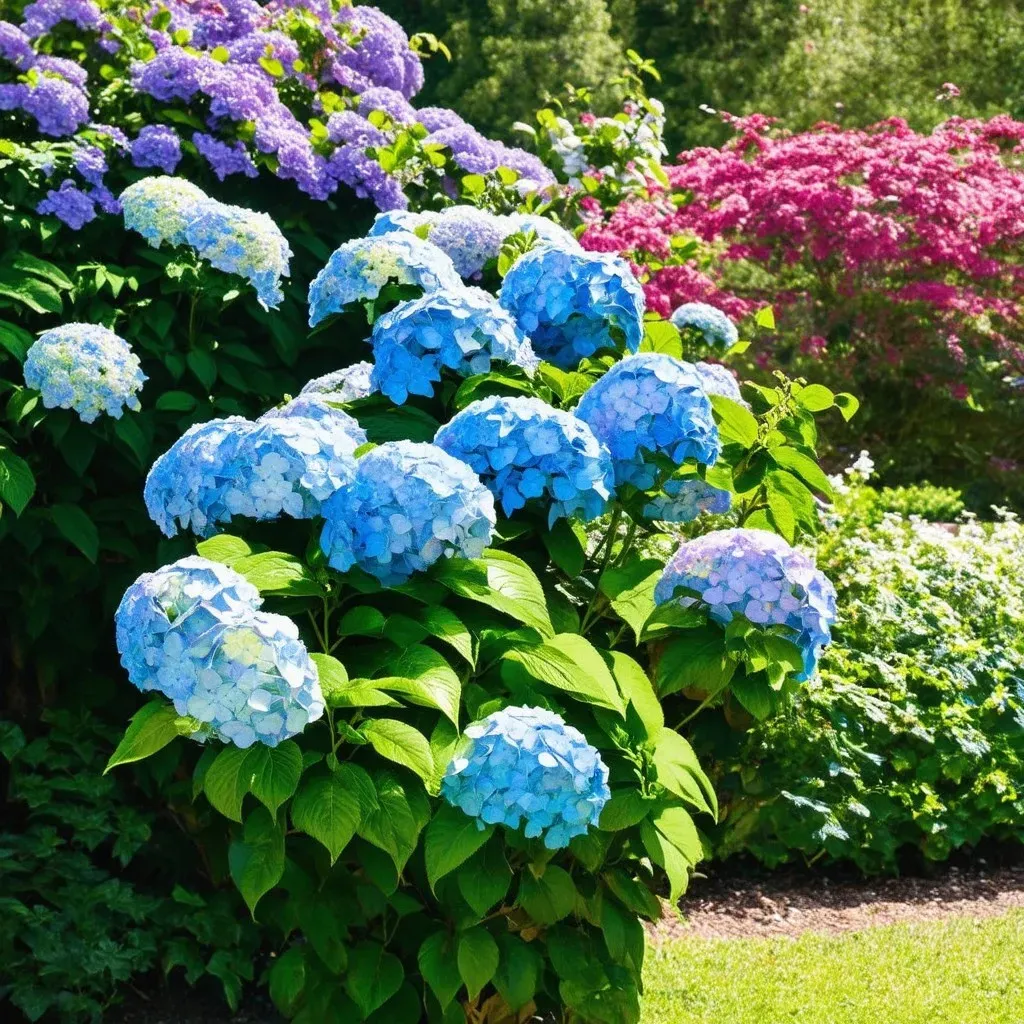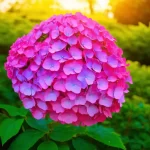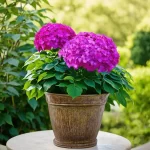Hydrangea deadheading endless summer refers to the practiced technique of removing faded or dead blooms from the Endless Summer variety of hydrangeas (hydrangea macrophylla). This process maximizes the plant’s blooming potential and overall health, ensuring that your garden bursts with vibrant colors from spring through fall.
Understanding the Importance of Deadheading
Deadheading is not merely an aesthetic task; it plays a significant role in plant health. The process involves snipping off spent flowers to encourage new growth and extended blooming. For Endless Summer hydrangeas, which are famed for their ability to bloom repeatedly, proper deadheading can result in prolonged flowering seasons, creating a spectacular display.
Benefits of Deadheading Endless Summer Hydrangeas
- Continuous Blooms: By removing fading flowers, the plant is prompted to produce new buds, extending the flowering period.
- Disease Prevention: Dead blooms can harbor pests and diseases. Removing them reduces the risk of infection.
- Enhanced Appearance: Regular deadheading maintains a tidy look, contributing positively to your garden’s aesthetic.
| Benefit | Description |
|---|---|
| Continuous Blooms | Encourages new flower production throughout the growing season. |
| Disease Prevention | Reduces the risk of pests and plant diseases. |
| Improved Aesthetics | Keeps the plant looking neat and beautiful. |
How to Deadhead Endless Summer Hydrangeas
Step-by-Step Guide
-
Timing Your Deadheading:
- Begin deadheading as soon as blossoms start to fade. This is generally after the first big bloom in late spring or early summer.
- Continue to deadhead throughout the blooming period, focusing on removing spent flowers.
-
Tools Needed:
- Sharp pruning shears or scissors to make clean cuts.
- Gloves to protect your hands from sap and any potential irritants.
-
How to Cut:
- Identify spent blooms; they will have lost their vibrant color and may start to wilt.
- Cut the flower stem down to the first set of healthy leaves or to the next flower bud, ensuring that you do not damage the new growth.

Common Mistakes to Avoid
- Cutting Too Short: Always leave some healthy foliage to support new growth.
- Ignoring Timing: Deadheading too late can hinder new blooms and expose the plant to rot.
- Overdoing It: Excessive deadheading can stress the plant; ensure not to remove all blooms at once.
Additional Care Tips for Endless Summer Hydrangeas
To ensure your Endless Summer hydrangeas thrive, consider the following care tips alongside deadheading:
Watering
- Maintain consistently moist, well-drained soil, particularly during the flowering phase.
- Water deeply at least once a week during dry spells.
Pruning
- Besides deadheading, a light pruning in late winter or early spring can help shape the plant.
- Remove any damaged or dead branches to promote healthier growth.
Fertilization
- Use a balanced, slow-release fertilizer in early spring.
- Avoid high nitrogen fertilizers, which can lead to excessive foliage at the expense of blooms.
Soil pH Adjustment
- Endless Summer hydrangeas can change color based on soil pH. Acidic soils can produce blue flowers, while alkaline soils yield pink blooms.
- Test your soil and adjust as needed to achieve your desired bloom color.
| Care Aspect | Tip |
|---|---|
| Watering | Water deeply at least once per week. |
| Pruning | Light pruning in late winter or early spring. |
| Fertilization | Use a balanced fertilizer in spring. |
| Soil pH Adjustment | Adjust pH for desired flower color. |
Frequently Asked Questions (FAQs)
1. Should I deadhead my Endless Summer hydrangeas every year?
Yes, to encourage maximum blooming, it is recommended to deadhead your Endless Summer hydrangeas every year.
2. What happens if I don’t deadhead?
If you neglect to deadhead, your hydrangeas may produce fewer flowers, and the plant could become susceptible to pests.
3. Can I deadhead hydrangeas all at once?
While you can deadhead multiple blooms in a single session, it’s best to gradually remove spent flowers to prevent stress on the plant.
4. When is the best time to start deadheading Endless Summer hydrangeas?
The optimal time to start deadheading is after the first round of blooms fades in late spring or early summer.
5. Will deadheading affect the color of my hydrangeas?
Deadheading will not affect the color of your hydrangeas but maintaining soil pH plays a crucial role in color determination.
For more detailed information about growing and caring for Endless Summer hydrangeas, visit The Spruce.

By following these guidelines and tips, your Endless Summer hydrangeas can flourish, showcasing their beautiful blooms throughout the season. Embrace the art of deadheading and allow your garden to thrive like never before!


